Scaffolding Rental Ontario
Find Scaffolding Hire in Ontario
Get 3 FREE Rent Scaffolding quotes for your project today! Compare profiles, reviews, accreditations, portfolio, etc... and choose the best service.
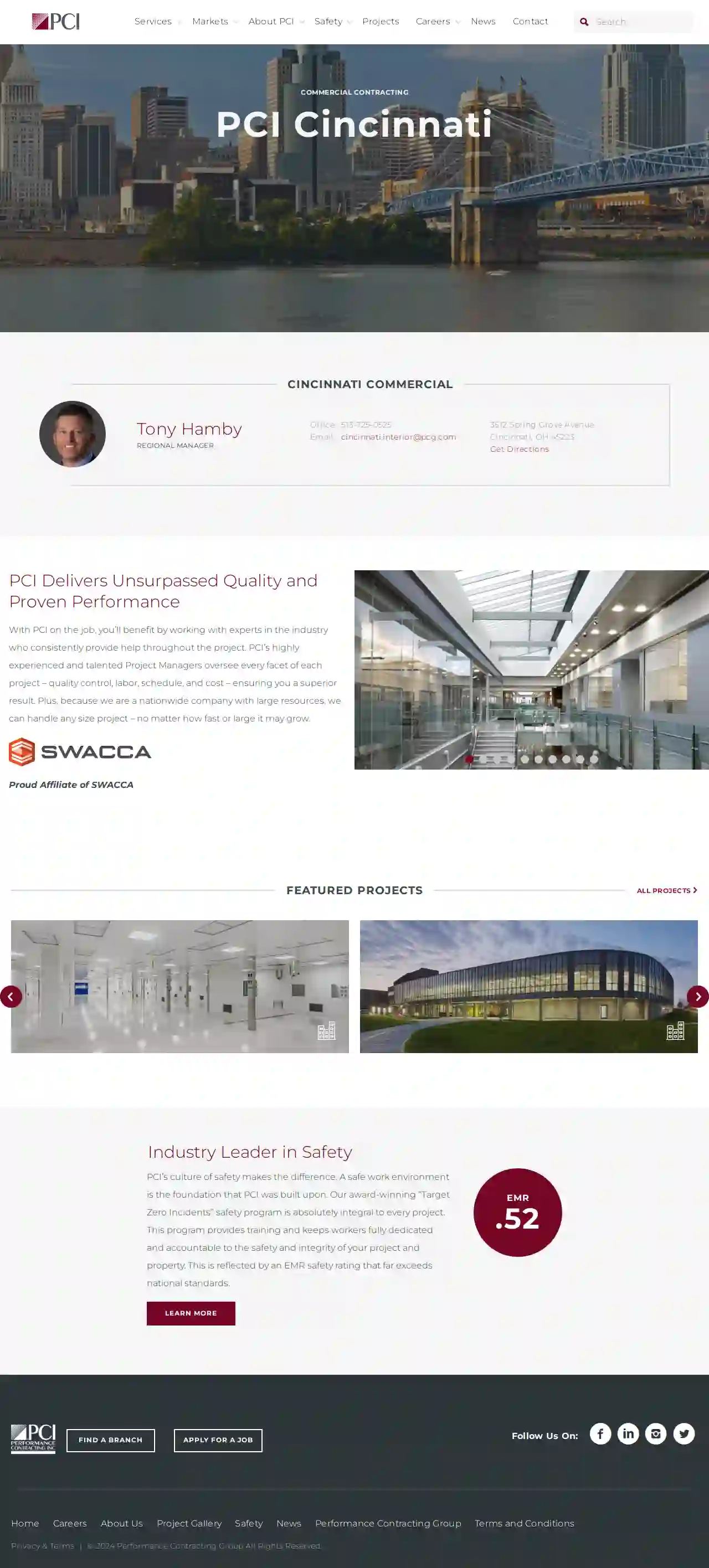
Performance Contracting Inc
4.77 reviewsCincinnati, OH, 3512 Spring Grove Avenue, 45223, USPerformance Contracting, Inc. is a top-tier specialty contractor in the United States, providing a wide range of services to industrial, commercial, and non-residential sectors. With over 60 years of experience, PCI delivers top-tier construction services, focusing on creativity, innovation, and customer satisfaction. PCI's integrated service offerings provide a comprehensive solution designed to streamline projects and increase overall efficiency. The company prioritizes safety, with an industry-leading EMR safety rating that far exceeds national standards.
- Services
- Why Us?
- Accreditations
- Our Team
- Testimonials
- Gallery
Get Quote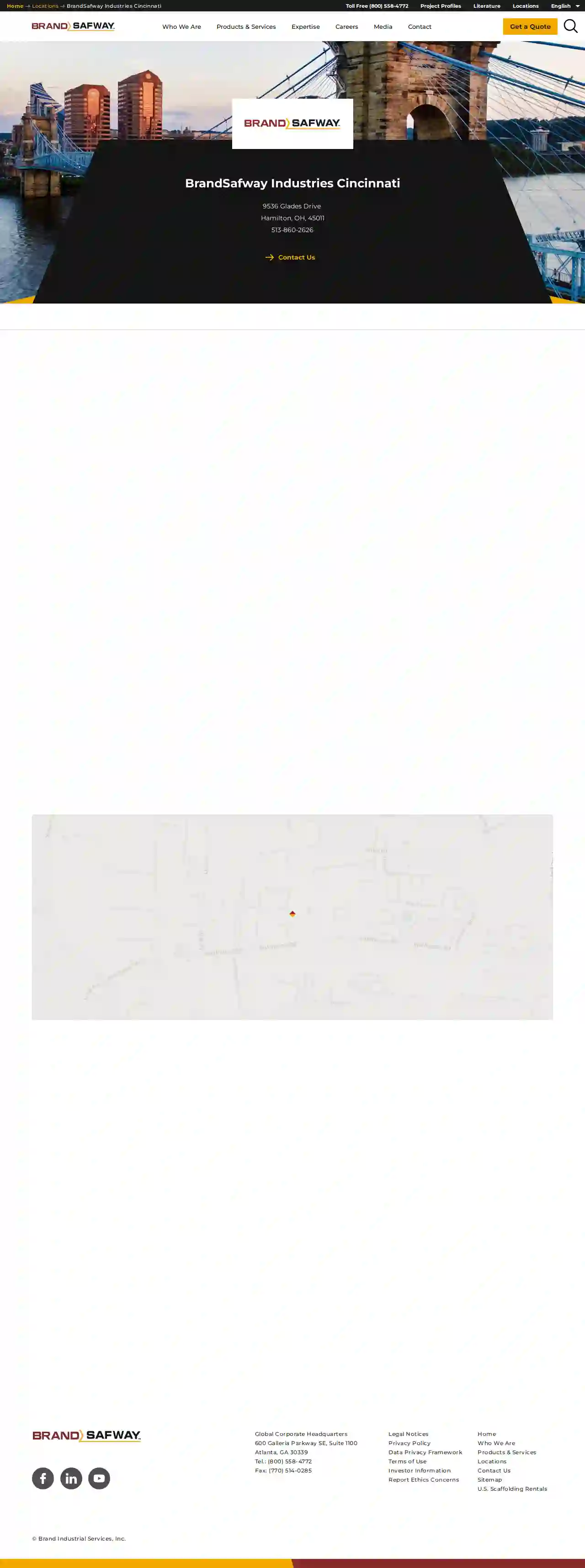
BrandSafway Industries Cincinnati
4.73 reviews123 Main St, Cincinnati, OH, 45202, USBrandSafway is a leading provider of access solutions, including scaffolding, aerial work platforms, and forming and shoring equipment. With a strong commitment to safety, quality, and customer satisfaction, BrandSafway offers a wide range of services tailored to meet the unique needs of clients across various industries. Their team of experienced professionals works closely with clients to understand their requirements and deliver customized solutions that enhance efficiency and productivity. BrandSafway is dedicated to providing innovative access solutions that ensure safe and efficient project execution.
- Services
- Why Us?
- Accreditations
- Our Team
- Testimonials
Get Quote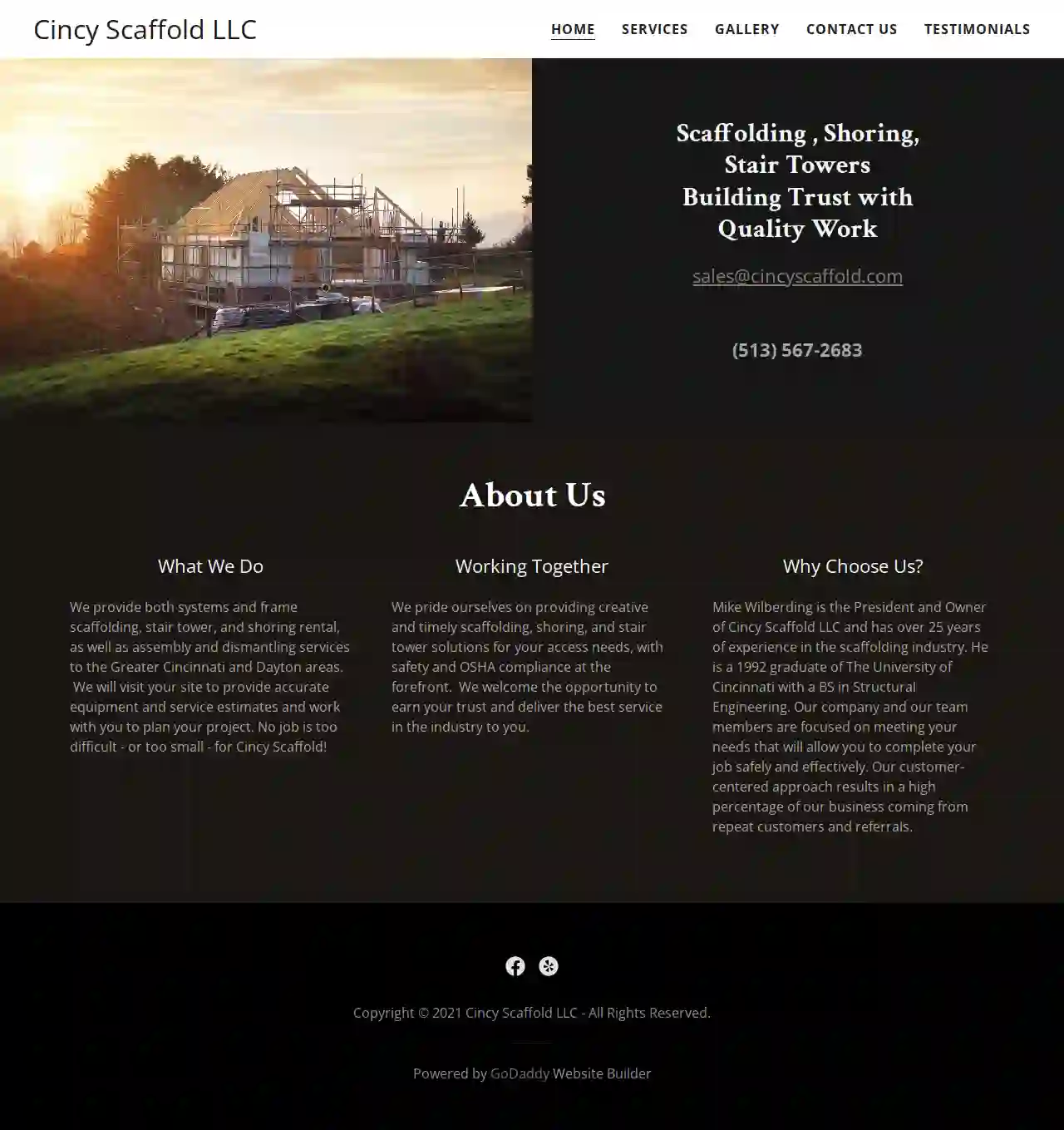
Cincy Scaffold LLC
52 reviewsP.O. Box 61, West Chester, 45071, USAt Cincy Scaffold LLC, we pride ourselves on providing creative and timely scaffolding, shoring, and stair tower solutions for your access needs. With over 25 years of experience in the scaffolding industry, our team is focused on meeting your needs to complete your job safely and effectively. We welcome the opportunity to earn your trust and deliver the best service in the industry to you. Our customer-centered approach results in a high percentage of our business coming from repeat customers and referrals. We provide both systems and frame scaffolding, stair tower, and shoring rental, as well as assembly and dismantling services to the Greater Cincinnati and Dayton areas. We will visit your site to provide accurate equipment and service estimates and work with you to plan your project. No job is too difficult - or too small - for Cincy Scaffold!
- Services
- Why Us?
- Our Team
Get Quote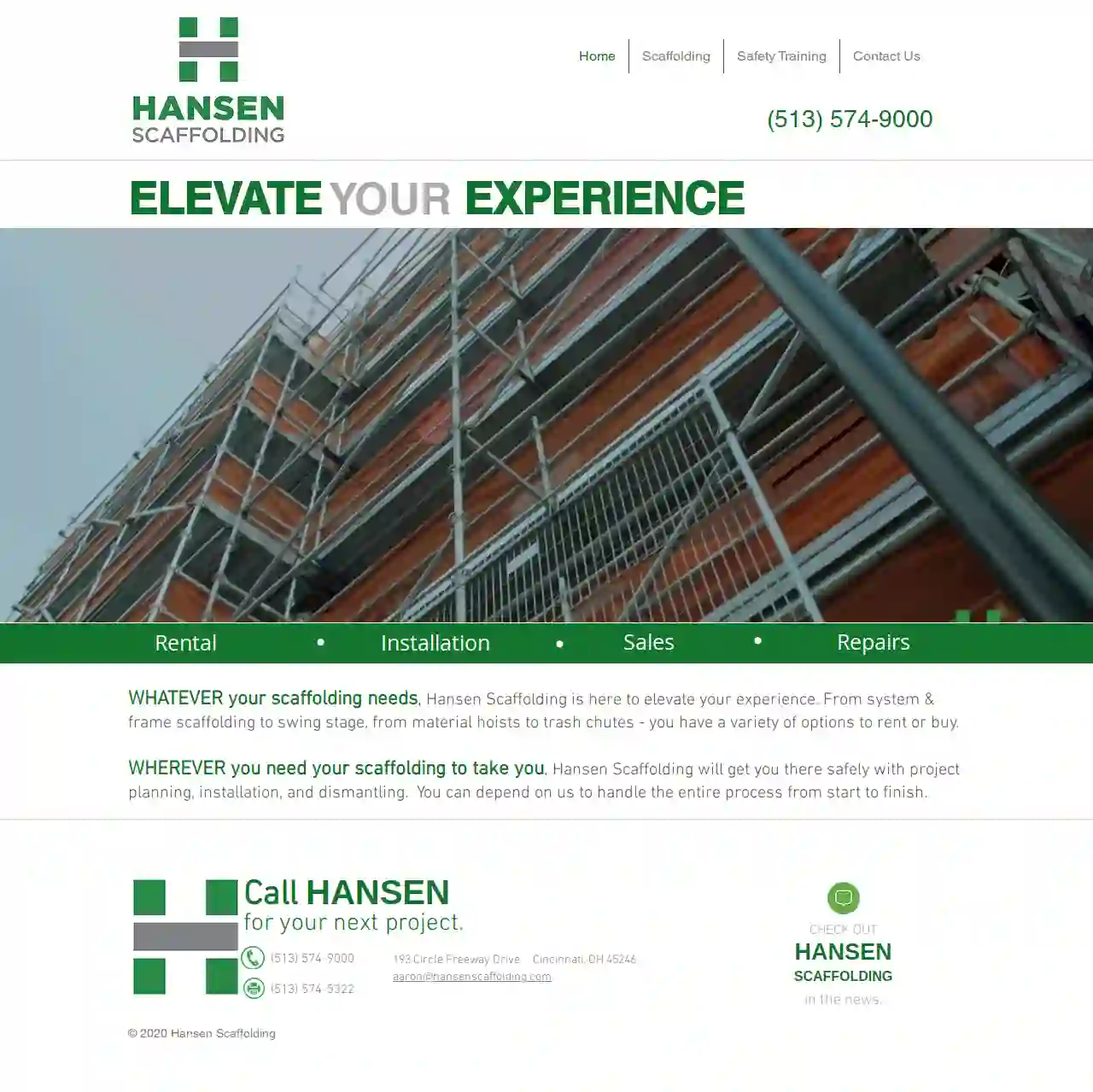
Hansen Scaffolding
4.76 reviews193 Circle Freeway Drive, Cincinnati, 45246, USAt Hansen Scaffolding, we're dedicated to providing top-notch scaffolding solutions for your next project. With a wide range of options to rent or buy, including system & frame scaffolding, swing stage, material hoists, and trash chutes, we've got you covered. Our team of experts will handle the entire process from start to finish, ensuring your project is completed safely and efficiently. From project planning to installation and dismantling, we're committed to delivering exceptional service and support. Our goal is to elevate your experience and provide you with the best possible scaffolding solutions. Contact us today to learn more about how we can help with your next project.
- Services
- Why Us?
- Gallery
Get Quote
Walmart Supercenter
3.7Lorain, USWelcome to Walmart! Walmart is a leading retailer that offers a wide variety of products and services at affordable prices. We are committed to providing our customers with a convenient and enjoyable shopping experience. Whether you're looking for groceries, electronics, clothing, or home goods, you're sure to find what you need at Walmart. We are proud to serve our community and offer a wide range of services, including pharmacy, photo center, and money services. Our friendly and knowledgeable associates are always available to assist you with your shopping needs. Shop online or visit one of our stores today and experience the Walmart difference!
- Services
- Why Us?
- Gallery
Get Quote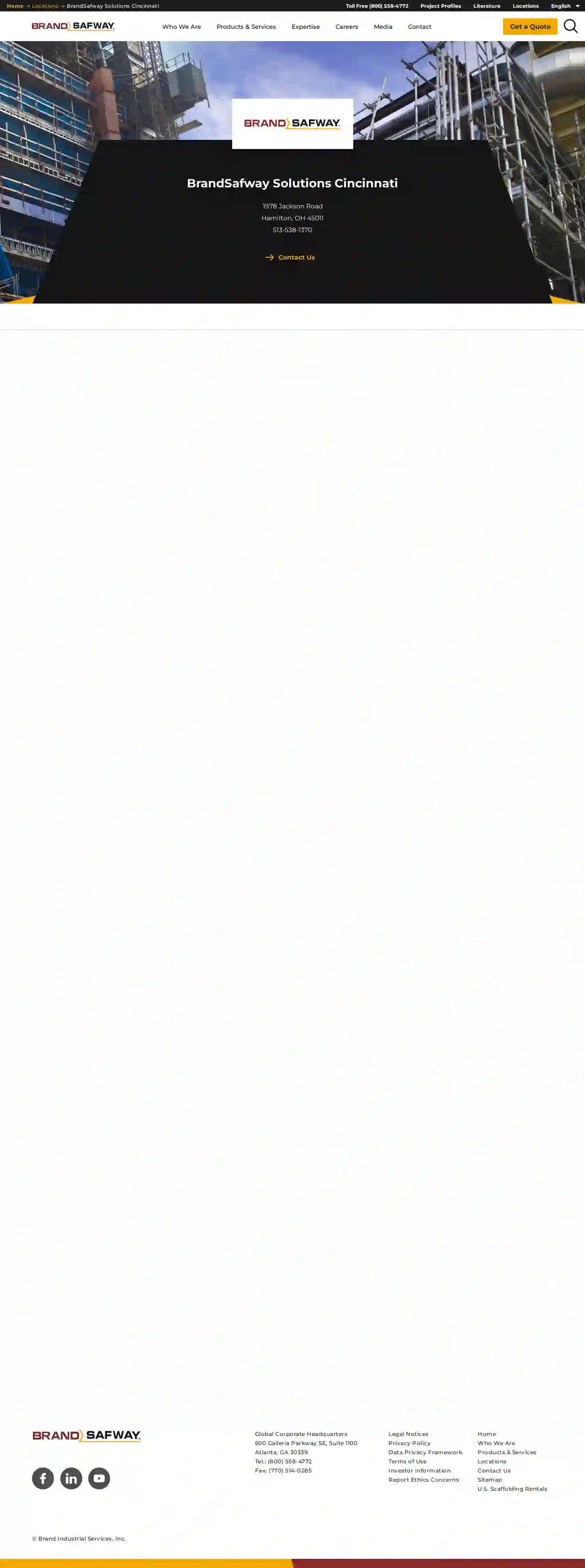
BrandSafway Solutions Cincinnati
4.33 reviews123 Access Lane, Cincinnati, 45202, USBrandSafway is a leading provider of access solutions, including scaffolding, aerial work platforms, and forming and shoring. With a strong presence in Cincinnati and Hamilton, the company offers a wide range of services to meet the needs of various industries. BrandSafway is committed to safety, innovation, and customer satisfaction, making it a trusted partner for businesses in the region.
- Services
- Why Us?
- Accreditations
- Our Team
- Testimonials
Get Quote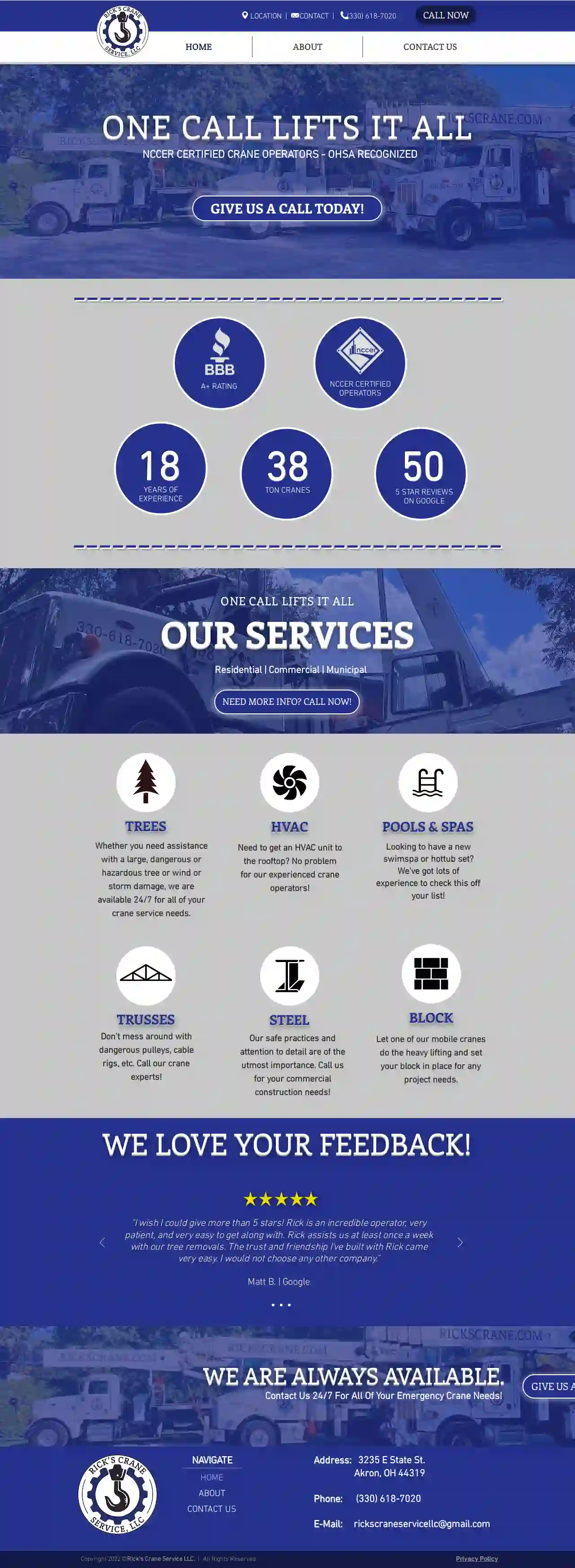
Ricks Crane Service LLC
551 reviews3235 E State St., Akron, 44319, USAt Rick's Crane Service LLC, we pride ourselves on being one of the most trusted and experienced crane service providers in the area. With over 18 years of experience and a team of NCCER certified crane operators, we're equipped to handle any job, big or small. Our services include residential, commercial, and municipal crane services, as well as specialized services like tree removal, HVAC unit installation, and pool and spa setup. We're committed to providing safe and efficient crane solutions that meet your needs and exceed your expectations. Contact us today to learn more about our services and how we can help you with your next project.
- Services
- Why Us?
- Accreditations
- Our Team
- Testimonials
- Gallery
Get Quote
Lorain Chimney
4.835 reviewsElyria, USLorain Chimney in Elyria, OH, is a full-service masonry company with many years of experience in the industry. Some of our specialties include tuckpointing, chimney rebuilds, step rebuilds, porch repair, stone veneer installs and more. Our team always strives to provide excellent customer satisfaction. Our team is a local and family owned and operated. The owner is always present at every job. Our masonry professionals are always prompt, clean and friendly every step along the way. Call us today for a free estimate! We can be reached at 440-789-5884. We stand by our work. We have worked extremely hard to get to where we are today. Our goal is to make sure our clients are happy to the fullest of our extent. You get the quality and expertise of a large company from your local family run business. We handle all work ourselves. So not only will we come give you an estimate. We will be the ones showing up to complete the work as well.
- Services
- Why Us?
- Accreditations
- Our Team
- Testimonials
- Gallery
Get Quote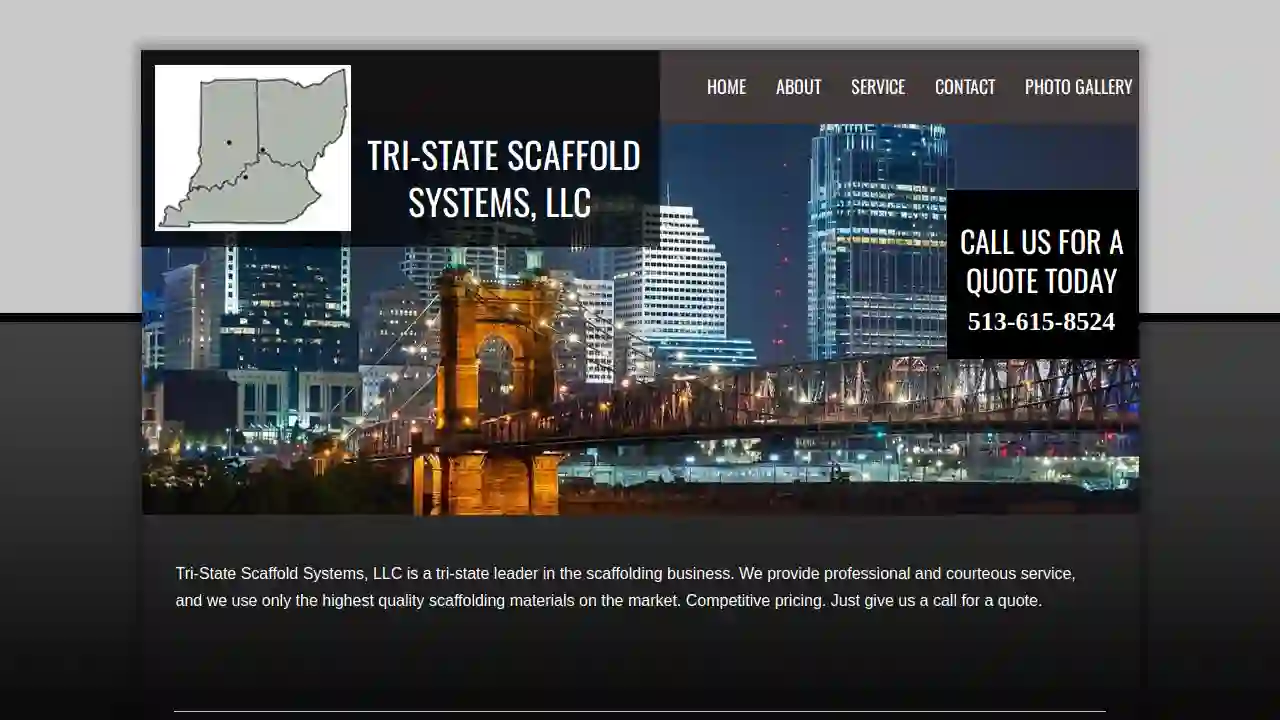
Tri-State Scaffold Systems, LLC.
4122 MOUNt carmel tobasco rd, Cincinnati, 45255, USTri-State Scaffold Systems, LLC is a tri-state leader in the scaffolding business, providing professional and courteous service with the highest quality scaffolding materials. With over 30+ years of experience, they specialize in the sale, service, rental, and repair of scaffold systems, including swing stages, work cages, scaffolding, rigging, sidewalk canopies, and erection and dismantlement services. They are committed to delivering superior quality and reliable equipment, with a highly knowledgeable staff that will see your project through from start to finish.
- Services
- Why Us?
- Accreditations
- Our Team
- Testimonials
- Gallery
Get Quote
Meijer
4.42929 28th St SW, Grand Rapids, 49512, USMeijer is a leading grocery store chain offering a wide range of products and services. With a strong commitment to customer satisfaction, Meijer aims to provide quality products at affordable prices. Their mission is to serve customers with excellence, ensuring a positive shopping experience.
- Services
- Why Us?
- Accreditations
- Our Team
- Testimonials
Get Quote
Over 2,353+ Scaffolding Companies on our platform
Our scaffolding companies operate in Ontario & beyond!
ScaffoldingHQ has curated and vetted the Best Scaffolding Companies in Ontario. Find a top & reliable contractor today.
Frequently Asked Questions About Scaffolding Rental
- If the Rental Company Handles Erection/Dismantling: Ensure they are licensed and insured to perform this work.
- If You Hire a Separate Contractor: Verify their qualifications and insurance. The scaffolding company might have recommendations for reputable erectors.
- Wear a Safety Harness: Always wear a properly fitted safety harness and secure it to a designated anchor point on the scaffolding.
- Inspect Before Use: Check for any damage or loose components before each use.
- Keep the Platform Clear: Remove tools, materials, and debris to prevent tripping hazards.
- Never Overload the Scaffolding: Stay within the maximum load capacity indicated on the scaffolding tag.
- Be Weather Aware: Avoid working on scaffolding during high winds, storms, or icy conditions.
- Use Proper Access: Use designated ladders or stairs to access and exit the scaffolding platform.
- Follow Training: Ensure all workers on the scaffolding have received proper safety training.
- Construction: Building new structures, adding extensions, and performing facade work.
- Renovation and Repair: Repairing or replacing roofs, siding, windows, and gutters.
- Maintenance: Cleaning windows, painting, and performing general upkeep on buildings.
- Industrial Work: Accessing elevated equipment, performing inspections and repairs on industrial structures, and carrying out construction work in industrial settings.
- Events: Creating temporary stages, grandstands, and platforms for concerts, festivals, and sporting events.
- Clean and Dry: Clean the scaffolding components thoroughly and allow them to dry completely before storage.
- Rust Prevention: Apply a rust inhibitor to metal components, especially if they will be stored outdoors.
- Organized and Labeled: Store components in an organized manner, labeling them clearly for easy identification.
- Covered Storage: Store scaffolding in a dry, covered area, protected from the elements.
- Off the Ground: Elevate the scaffolding components off the ground using pallets or racks to prevent moisture damage.
Who is responsible for erecting and dismantling the scaffolding?
What are the safety precautions when working on scaffolding?
What is scaffolding used for?
What are some tips for storing scaffolding?
Who is responsible for erecting and dismantling the scaffolding?
- If the Rental Company Handles Erection/Dismantling: Ensure they are licensed and insured to perform this work.
- If You Hire a Separate Contractor: Verify their qualifications and insurance. The scaffolding company might have recommendations for reputable erectors.
What are the safety precautions when working on scaffolding?
- Wear a Safety Harness: Always wear a properly fitted safety harness and secure it to a designated anchor point on the scaffolding.
- Inspect Before Use: Check for any damage or loose components before each use.
- Keep the Platform Clear: Remove tools, materials, and debris to prevent tripping hazards.
- Never Overload the Scaffolding: Stay within the maximum load capacity indicated on the scaffolding tag.
- Be Weather Aware: Avoid working on scaffolding during high winds, storms, or icy conditions.
- Use Proper Access: Use designated ladders or stairs to access and exit the scaffolding platform.
- Follow Training: Ensure all workers on the scaffolding have received proper safety training.
What is scaffolding used for?
- Construction: Building new structures, adding extensions, and performing facade work.
- Renovation and Repair: Repairing or replacing roofs, siding, windows, and gutters.
- Maintenance: Cleaning windows, painting, and performing general upkeep on buildings.
- Industrial Work: Accessing elevated equipment, performing inspections and repairs on industrial structures, and carrying out construction work in industrial settings.
- Events: Creating temporary stages, grandstands, and platforms for concerts, festivals, and sporting events.
What are some tips for storing scaffolding?
- Clean and Dry: Clean the scaffolding components thoroughly and allow them to dry completely before storage.
- Rust Prevention: Apply a rust inhibitor to metal components, especially if they will be stored outdoors.
- Organized and Labeled: Store components in an organized manner, labeling them clearly for easy identification.
- Covered Storage: Store scaffolding in a dry, covered area, protected from the elements.
- Off the Ground: Elevate the scaffolding components off the ground using pallets or racks to prevent moisture damage.